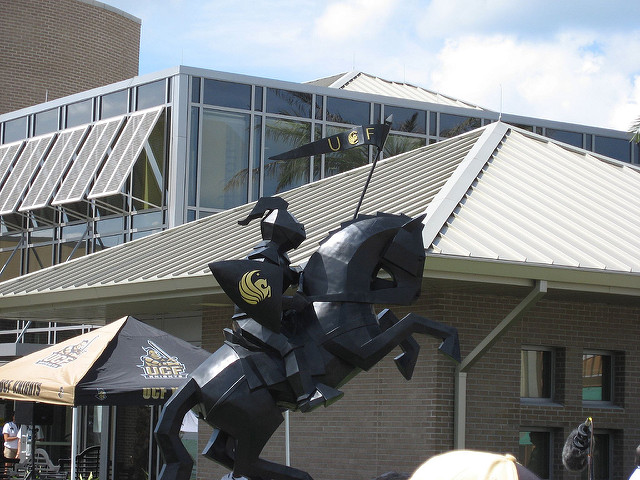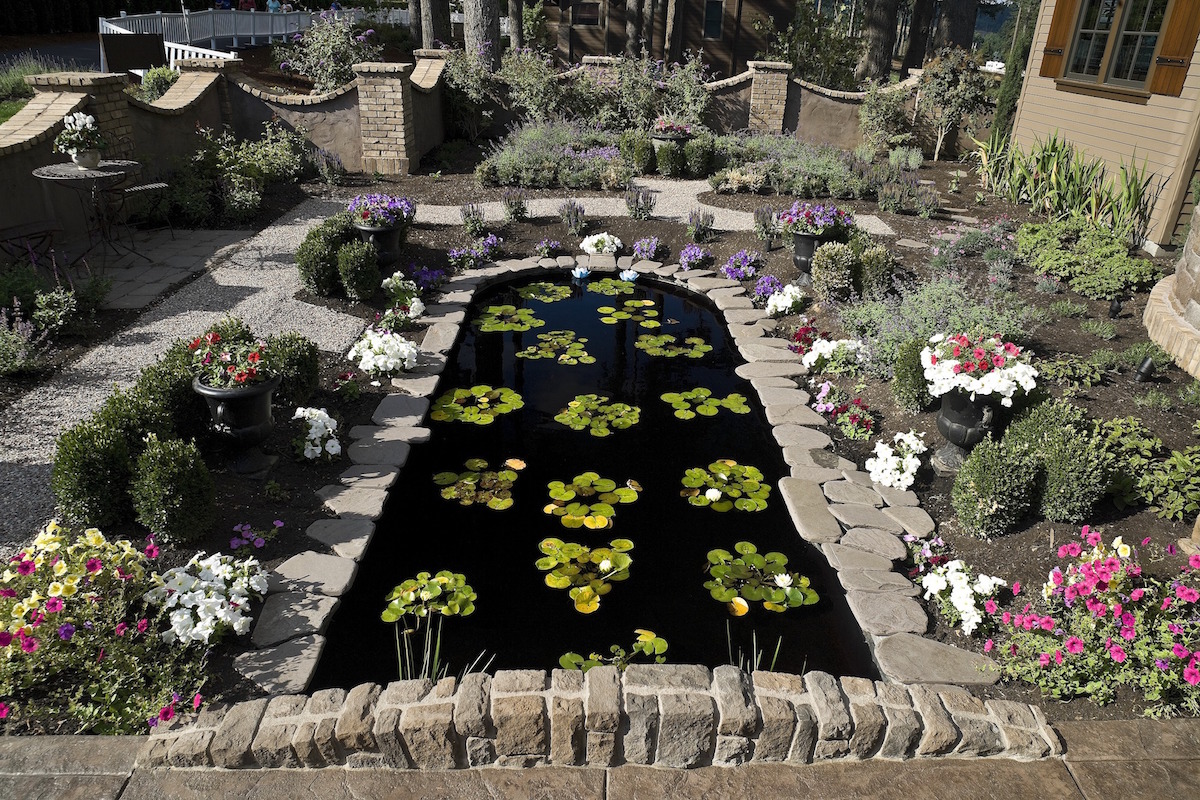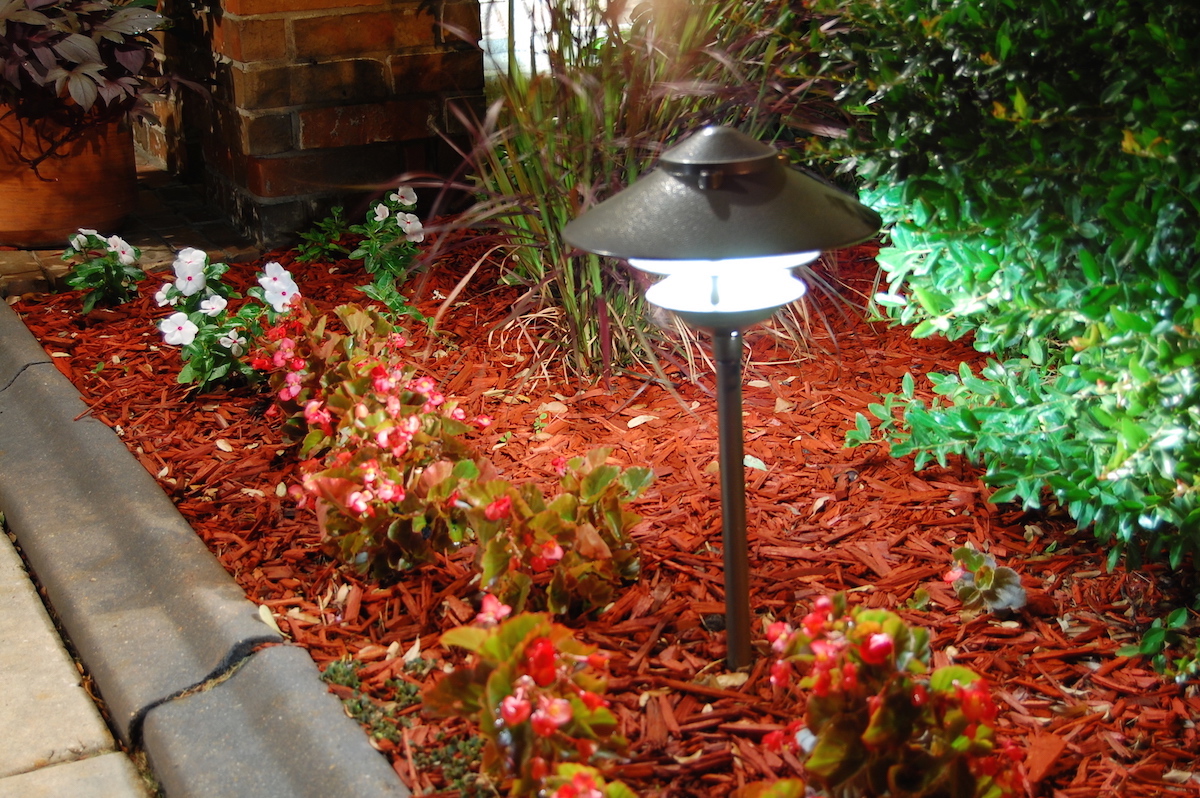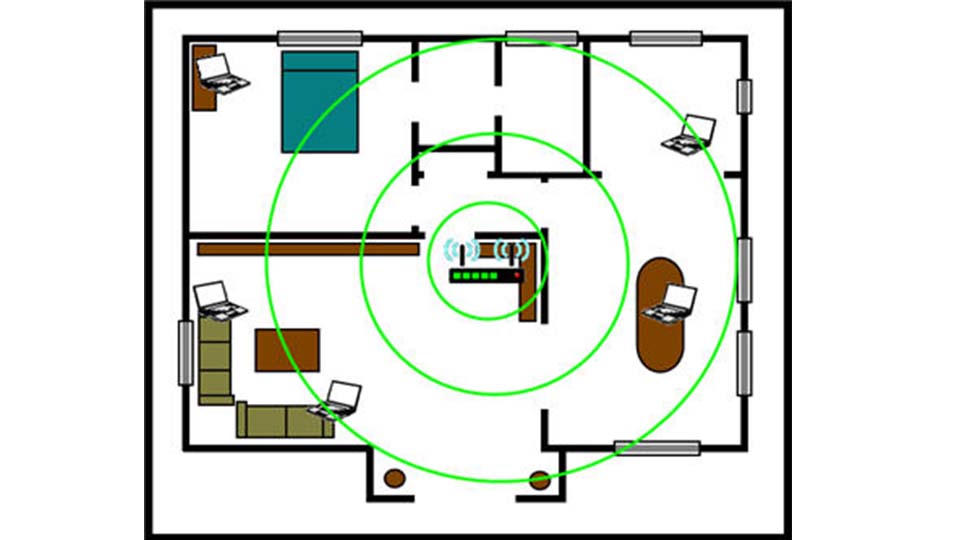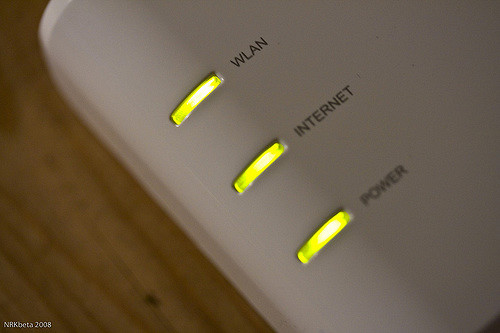Whether this is your first move away from home or your fifth, relocating to a new city can be overwhelming and intimidating. Even if you have friends in the area, it takes time to feel like a true local. To help you settle in, we have found five essential resources you need to feel at home in Atlanta, Georgia.
Bookmark These Awesome Atlanta Resources
Use these five community resources as jumping off points to help you explore Atlanta.
WRAS-Album 88
Atlanta’s music scene is thriving, and many locals consider it to be the capital of hip-hop. Album 88, a student-run radio station out of Georgia State University and a citywide favorite, perfectly represents the city’s multilayered music community.

Photo by Joshua Smelser/Flick
Along with sharing the newest in indie-rock, electronic, indie-pop, and hip-hop music, Album 88 also features student-produced specialty shows, public service announcements, and Georgia State University campus events. A leading influencer in Atlanta’s music scene since 1971, the radio station has won multiple awards — locally and nationally — for cutting-edge programming.
Atlanta-Fulton Public Library Events Calendar
The Atlanta-Fulton Public Library System is the heart of the cultural and intellectual scene in Atlanta, with a collection of more than 2.5 million items and 34 libraries throughout Atlanta and Fulton County.

Photo by Aleksandr Zykov/Flickr
Once you arrive in Atlanta, sign up for a library card and check out the public library system’s online events listing. This calendar features events scheduled at all 34 branch locations, from student tutoring hours and book sales to art exhibitions and yoga classes. Many of these events are free of charge or require a minimal fee, making this an ideal resource for residents on a budget.

Photo by Yelp Inc./Flickr
Atlanta Convention & Visitors Bureau
Just because you are now an Atlanta resident doesn’t mean you can’t use tourist resources to stay up-to-date on the latest events and seasonal festivities. The Atlanta Convention & Visitors Bureau offers an events calendar that lists the city’s upcoming events. You can filter events by your interest — such as performing arts, sports, educational workshops, and children’s activities — or view the editor’s picks.

Photo by Ethan Trewhitt/Flickr
We love how easy the Bureau’s events calendar is to search by a date range or category to quickly find the perfect event for your schedule and mood. The Atlanta Convention & Visitors Bureau also provides an updated listing of the newest restaurants based on neighborhood and cuisine, and information about shopping districts, public parks, and more.
Atlanta Downtown
Central Atlanta Progress and The Atlanta Downtown Improvement District teamed up to create Atlanta Downtown, an online resource dedicated to creating and maintaining a thriving downtown Atlanta. Their events calendar is regularly updated to highlight upcoming events in the downtown area, such as sports games, theater performances, library events, and festivals.

Photo by Ian Freimuth/Flickr
Atlanta Downtown is a must-have resource for new city residents, especially those moving to the city center. Along with its event calendar, Atlanta Downtown also provides helpful information on moving to the city, including neighborhood profiles, school and daycare listings, and residential statistics.
AJC Classifieds
If you want to purchase a car, hire a babysitter, or find an upcoming garage sale in Atlanta, look no further than the Atlanta Journal-Constitution Classifieds. This Atlanta marketplace is a go-to online resource for finding local services, real estate, merchandise, pets for adoption, recreation, and more. If you are on the hunt for something specific, you can search within categories to narrow down results. And you can post your own advertisement if you are selling an item, holding a garage sale, renting out property, offering professional services, or more. Moving to a new city is a significant life event. Use these five community resources as jumping off points to help you explore Atlanta and enjoy all it has to offer.




